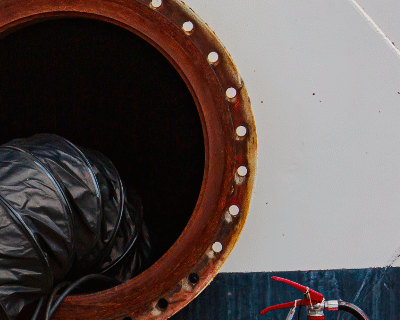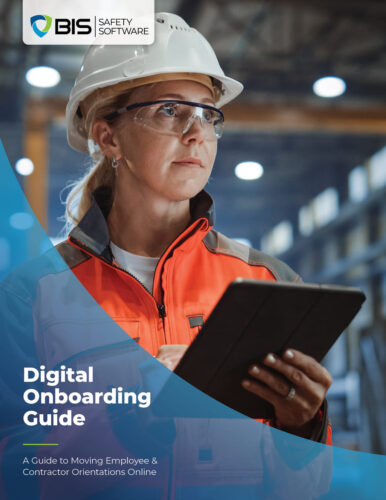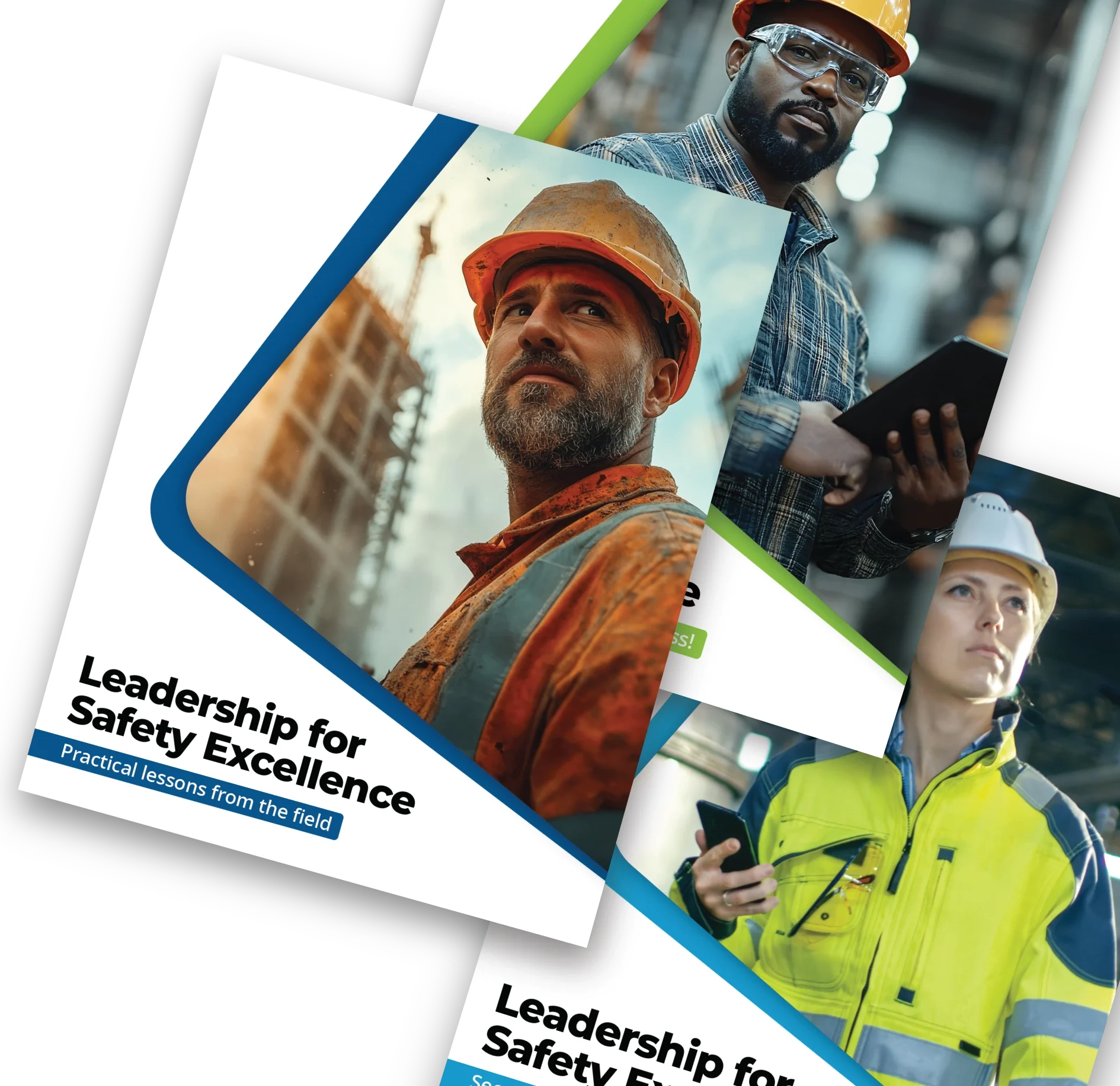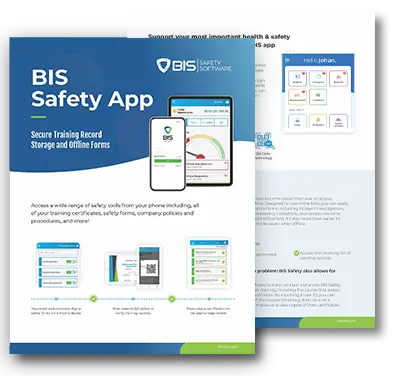
Course details
Basic Rigging (Bundle)
Course Overview
Rigging is a process used to secure materials to be moved by cranes, hoists or other lifting equipment. There are many factors to consider when applying slings and chains to secure a load. Improper rigging can lead to dropped loads and catastrophic failure of lifting equipment, which can cost lives. Part 1 will describe rigging equipment and how to care for, inspect and store it and Part 2 will cover the steps required to prepare for safe rigging.
By the end of this course, an understanding will be gained of:
- Proper equipment used to rig a load
- Inspection and storage requirements for equipment
- General safety rules to be observed while rigging
- Steps required to plan a rigging job
- How to safely mount equipment on a load
Topics Covered
- Rigging Equipment Basics
- Lifting Devices
- Types of Slings
- Sling Storage and Capacity
- Connectors and Adjusters
- Hook Inspections
- Shackles, Eye Bolts, and Adjusters
- Care and Storage
This course takes approximately 65 minutes to complete
A passing grade of 80% or higher required. Up to 3 attempts are provided.
A certificate will be provided upon the successful completion of this course










































